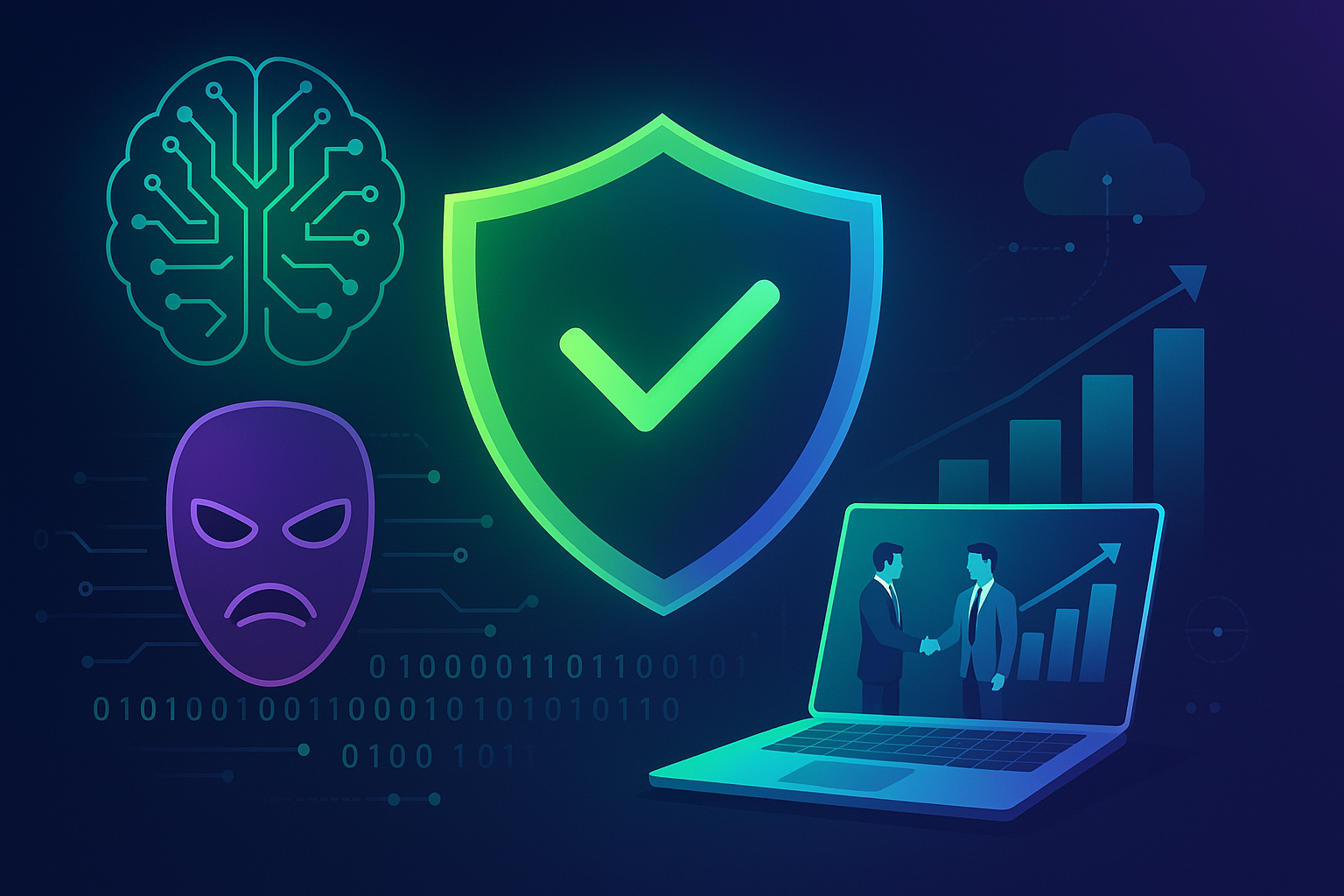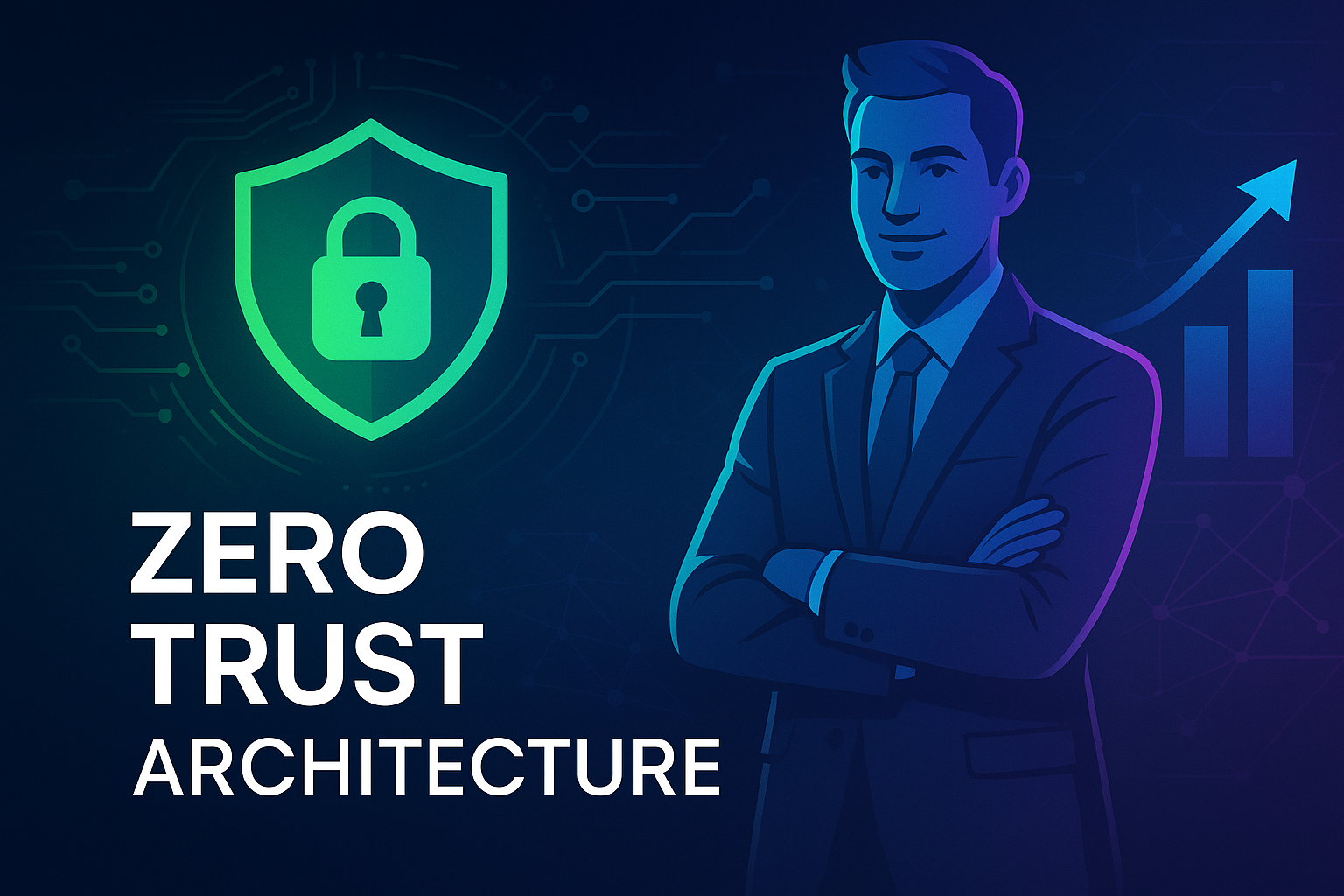Understanding the Threat: XMLRPC NPM Library Turns Malicious
In a recent development that has shaken the tech industry, the XMLRPC NPM library, once a trusted package for developers, has been identified as malicious. This incident underlines the growing vulnerabilities within open-source software ecosystems and emphasizes the need for robust cybersecurity measures to protect against such threats.
The Discovery of the Malicious Library
The XMLRPC library, commonly used for XML-RPC protocol handling, was flagged by security experts in November 2024 after malicious code was inserted into the package. This code was capable of opening backdoors on compromised systems, enabling unauthorized access and potentially exposing sensitive data. The sudden transition from a legitimate tool to a security risk exemplifies the stealthy tactics employed by cybercriminals today.
Initial reports from The Hacker News highlighted how the library, once a reliable choice for developers, became a vector for attacks after unauthorized alterations. Such incidents are increasingly common across the digital landscape, prompting businesses to reassess their approach to open-source software management.
The Implications for Businesses
The incident serves as a wake-up call for organizations globally, including those in Spain and the broader European Union. Companies must now navigate the dual challenge of leveraging open-source innovation while mitigating associated risks. The altered library in question was downloaded thousands of times, underscoring the potential reach and impact such a breach can have.
For companies relying on open-source components, this means implementing comprehensive security protocols is imperative. Services such as EDR, XDR, and MDR become crucial in detecting and responding to threats in real-time, effectively minimizing damage.
EDR, XDR, and MDR: Proactive Threat Management
Endpoint Detection and Response (EDR), Extended Detection and Response (XDR), and Managed Detection and Response (MDR) represent cutting-edge technologies in proactive threat management. By leveraging machine learning and advanced analytics, these services identify anomalies that indicate potential threats. In the context of the XMLRPC library, utilizing EDR, XDR, or MDR could help detect malicious activities early, allowing for swift intervention.
Businesses that incorporate these services into their cybersecurity strategy can enjoy peace of mind, knowing that they have a robust framework to combat sophisticated threats. This is particularly essential for organizations dealing with sensitive data or operating within regulated industries.
The Role of Vulnerability Management
Furthermore, implementing Vulnerability Management as a Service (VMaaS) is critical in proactively identifying and addressing potential security weaknesses before they can be exploited. VMaaS provides comprehensive assessments and remediation guidance, helping businesses stay ahead of vulnerabilities in their software ecosystems, including risks posed by compromised libraries like XMLRPC.
Next Generation Firewalls: A Defensive Barrier
Another significant component of a strong cybersecurity posture is deploying a Next Generation Firewall (NGFW). These advanced firewalls offer deep packet inspection, intrusion prevention, and application awareness to protect against network-level threats. By filtering traffic and blocking unauthorized access, NGFWs help safeguard digital assets from external threats similar to those posed by malicious NPM packages.
Round-the-Clock Monitoring with SOC as a Service
For comprehensive monitoring and immediate response capabilities, businesses are increasingly turning to SOC as a Service (SOCaaS). Providing 24×7 expertise and vigilance, SOCaaS enables organizations to maintain a continuous security operations center without the overhead of building and maintaining an in-house team. This service is crucial for detecting and responding to threats at any time, significantly reducing risk exposure.
Industrial operations can particularly benefit from Industrial SOC as a Service, which focuses on the unique challenges faced in manufacturing and critical infrastructure sectors. Ensuring operational security in these contexts requires specialized knowledge and technologies that SOCaaS can provide.
Cyber Threat Intelligence: Staying Ahead of Threats
To anticipate emerging threats, integrating Cyber Threat Intelligence (CTI) is paramount. CTI services analyze a wide array of threat data sources to deliver actionable insights, enabling businesses to adapt their defenses proactively. In situations like the XMLRPC library attack, CTI can provide critical information that helps mitigate threats before they escalate.
Conclusion and Next Steps
The case of the XMLRPC NPM library turning malicious underscores the importance of a comprehensive and multifaceted approach to cybersecurity. From utilizing state-of-the-art detection and response systems to fortifying defenses with next-generation firewalls and threat intelligence, businesses must stay vigilant in the face of evolving threats.
For organizations seeking to bolster their cybersecurity strategy, HodeiTek offers a range of services designed to protect your digital infrastructure. Visit our services page and discover how our cybersecurity solutions can safeguard your business. For personalized advice or inquiries, please don’t hesitate to contact us.
By prioritizing these security measures, businesses can not only safeguard their operations but also build trust with clients and stakeholders, ensuring sustainable growth in an increasingly digital world.






